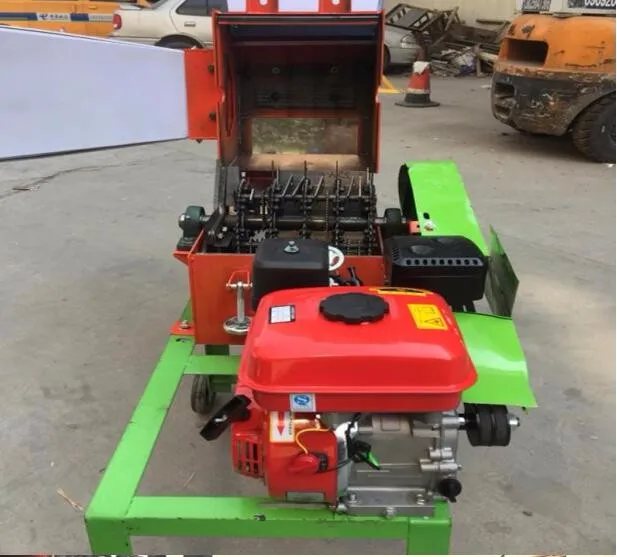Creating an Ideal Space for Your Backyard Pig Habitat
Nov . 07, 2024 19:52 Back to list
Creating an Ideal Space for Your Backyard Pig Habitat
Creating the Perfect Backyard Pig Pen A Comprehensive Guide
When it comes to raising pigs, having a proper set-up is crucial for their health and happiness. A backyard pig pen not only provides a safe and comfortable environment for your swine but also ensures they thrive in their home. Whether you are a newcomer to pig husbandry or have some experience under your belt, creating an ideal pig pen can be a rewarding project. This guide will outline the essential elements to consider for a successful backyard pig pen.
Location and Space
The first step in building a pig pen is choosing the right location. Pigs require ample space to roam and explore, as they are naturally curious and social animals. A good rule of thumb is to allocate at least 50 square feet per pig, but more space is always better. Ideally, the pen should be placed in a well-drained area away from standing water, which minimizes muddy conditions that can lead to health issues like foot rot.
Fencing
Proper fencing is crucial for keeping your pigs contained and safe from predators. Pigs are intelligent and can be quite crafty when it comes to escaping. A sturdy fence that is at least four to five feet high is necessary, as pigs can root under or jump over weak barriers. Options for fencing materials include stock fencing, welded wire, or even electric fencing, which can offer an additional deterrent against escape attempts.
Shelter and Enrichment
Pigs need a comfortable shelter to protect them from harsh weather conditions. A simple, well-ventilated structure made of wood or metal can suffice. It should include bedding, such as straw or wood shavings, to help keep the pigs warm and dry. The shelter should also provide enough space for the pigs to lie down comfortably without overcrowding.
In addition to shelter, pigs thrive on mental stimulation and enrichment. Providing toys, such as large balls or ropes, and environmental variety—like mud puddles or shaded areas—can help keep them entertained. Pigs are highly intelligent animals that require stimulation to prevent boredom and behavioral issues.
backyard pig pen

Feeding and Watering
A proper nutrition plan is fundamental for pig health. Pigs thrive on a balanced diet that includes high-quality pig feed, fruits, vegetables, and grains. Establish a designated feeding area within the pen to keep things organized. Always provide fresh water, which should be accessible at all times. A water trough or automatic waterer can help ensure that your pigs stay hydrated, especially during hot weather.
Cleaning and Maintenance
Maintaining a clean and sanitary environment is vital for the pigs’ health. Regularly cleaning the pen to remove waste and uneaten food will help prevent the spread of disease. Additionally, rotating the grazing area, when possible, can help promote healthier soil and reduce parasites. Use composting methods for waste disposal, which can turn manure into nutrient-rich fertilizer for your garden.
Consider Local Regulations
Before setting up your backyard pig pen, it’s essential to check local regulations and zoning laws. Some areas have specific requirements or restrictions regarding livestock ownership, including the number and type of animals allowed. Understanding these laws will help you avoid any potential legal issues down the road.
Conclusion
Building a backyard pig pen requires thoughtful planning and consideration of your pigs’ needs. By providing ample space, security, shelter, nutrition, and a clean environment, you will create a thriving home for your pigs. Not only will this lead to happier and healthier animals, but it will also ensure a fulfilling and enjoyable experience for you as a pig owner. Remember, the effort you put into creating a suitable pen ultimately reflects in the overall well-being of your farm friends. So roll up your sleeves, get started, and enjoy the rewarding journey of raising pigs in your backyard!
-
Hot Sale 24 & 18 Door Rabbit Cages - Premium Breeding Solutions
NewsJul.25,2025
-
Automatic Feeding Line System Pan Feeder Nipple Drinker - Anping County Yize Metal Products Co., Ltd.
NewsJul.21,2025
-
Automatic Feeding Line System Pan Feeder Nipple Drinker - Anping County Yize Metal Products Co., Ltd.
NewsJul.21,2025
-
Automatic Feeding Line System - Anping Yize | Precision & Nipple
NewsJul.21,2025
-
Automatic Feeding Line System - Anping Yize | Precision & Nipple
NewsJul.21,2025
-
Automatic Feeding Line System-Anping County Yize Metal Products Co., Ltd.|Efficient Feed Distribution&Customized Animal Farming Solutions
NewsJul.21,2025






